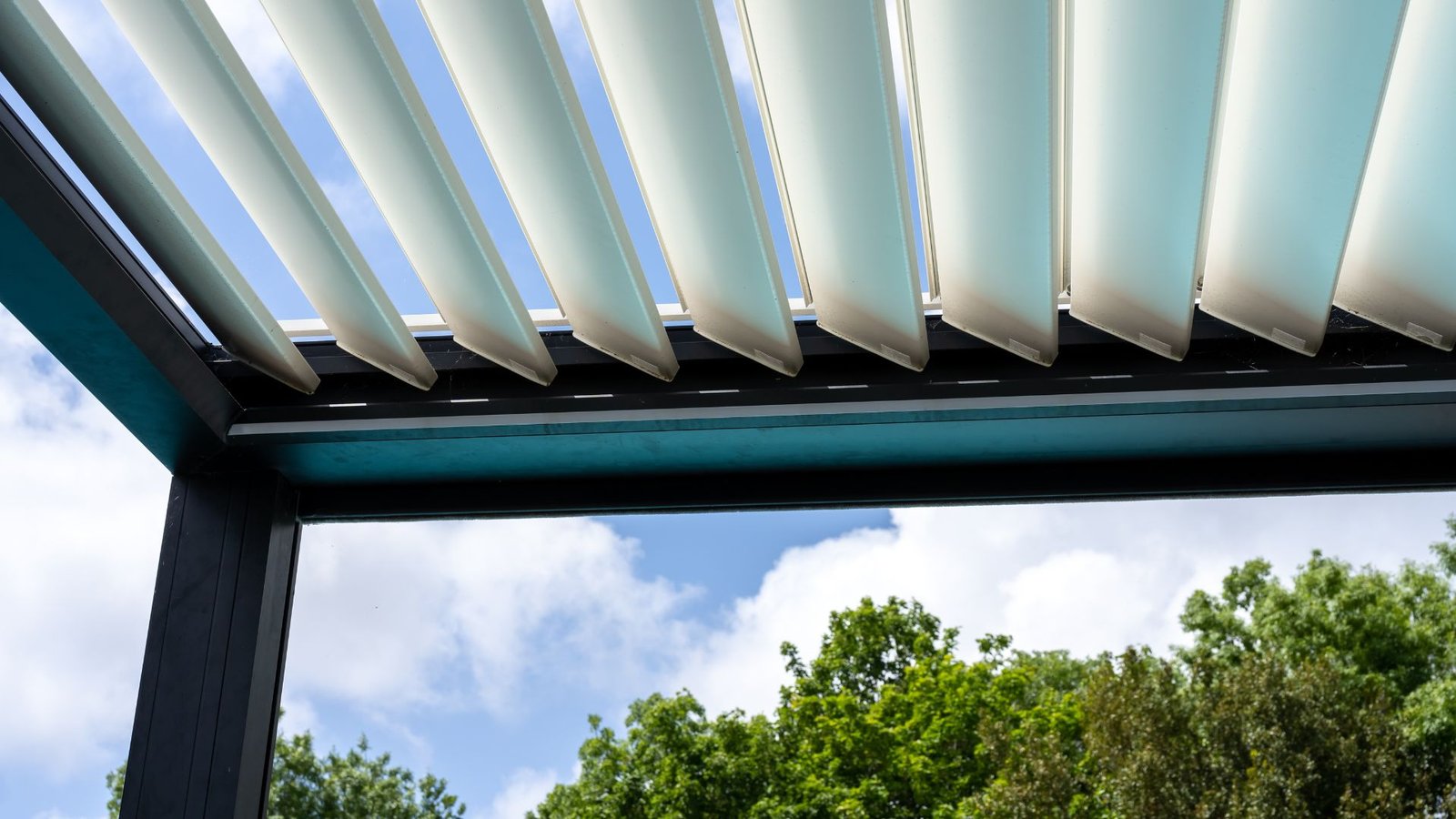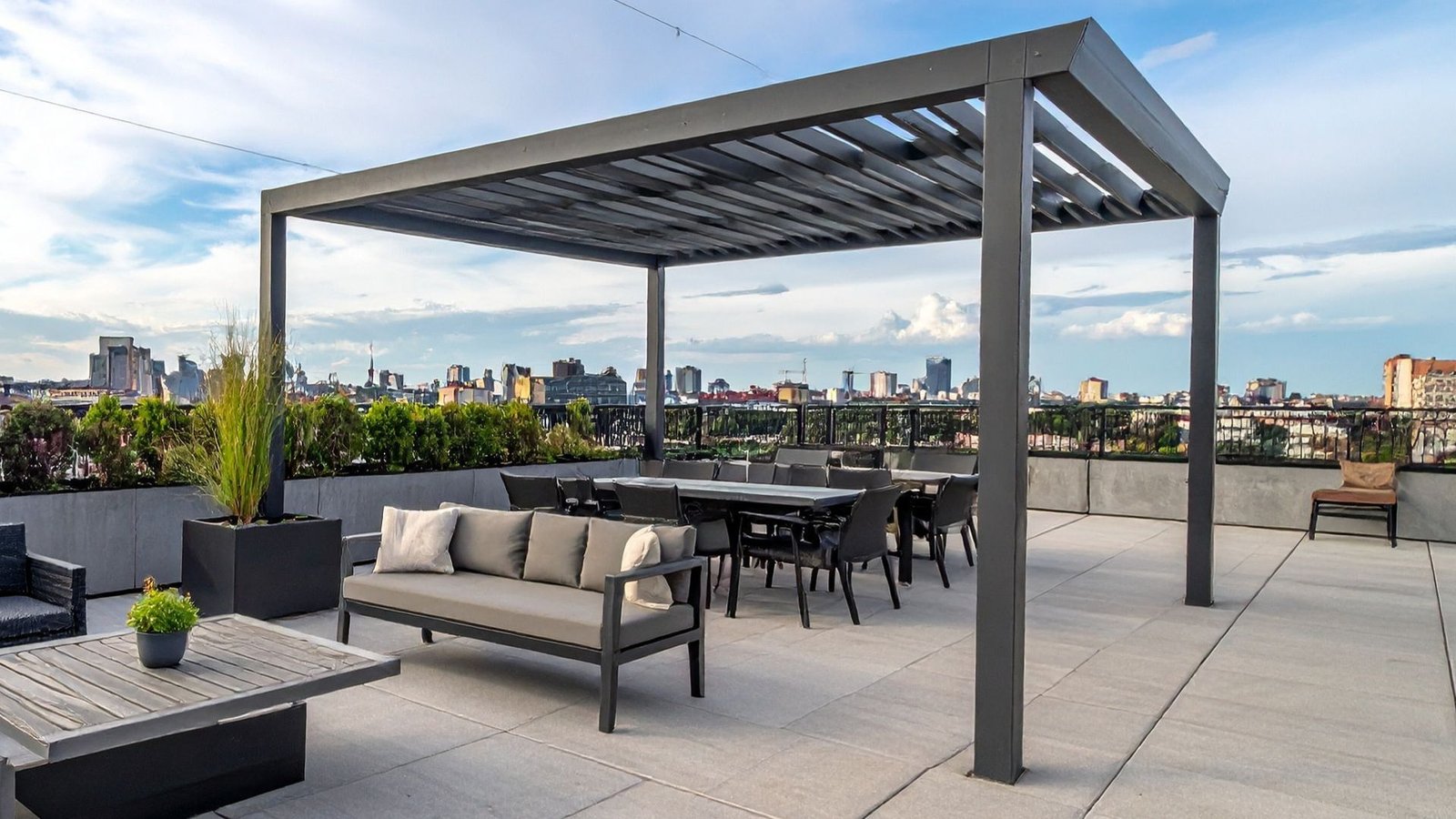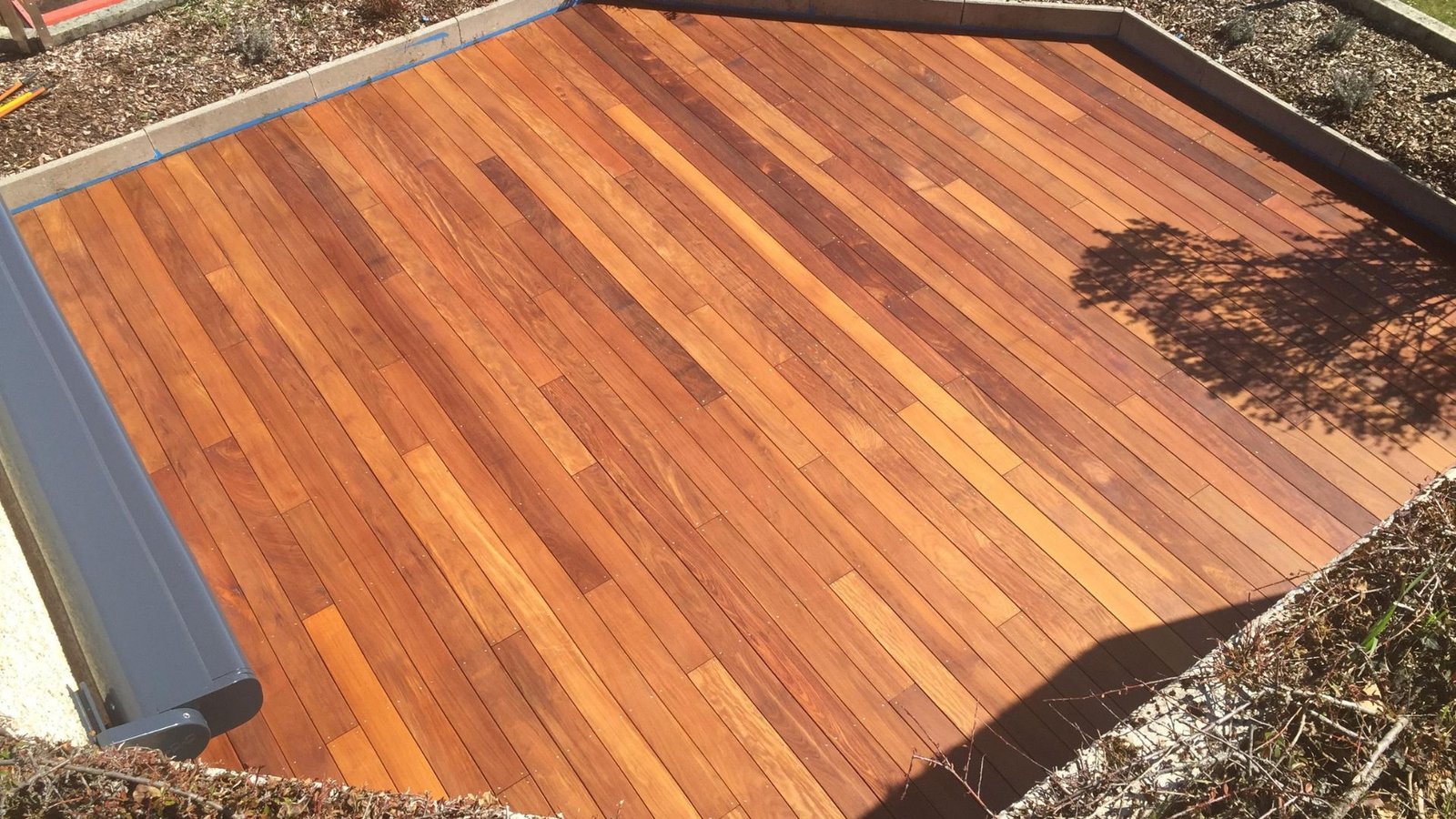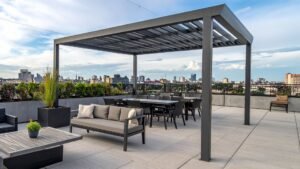Welcome to the ultimate guide on the types of decking available in New Zealand! As outdoor living spaces become increasingly popular, choosing the right decking material is essential to creating a beautiful and functional space for relaxation and entertainment. In this comprehensive guide, we’ll explore the various decking options, from traditional natural timber to innovative composite materials, each offering unique benefits and considerations. Whether you’re looking to enhance your home’s aesthetic appeal, boost its value, or simply create a cozy spot to enjoy the outdoors, understanding the pros and cons of different decking materials will help you make an informed decision. Let’s dive into the world of decking and discover the best choice for your needs.
The most popular types of decking in New Zealand include natural timber, composite, PVC, aluminum, and bamboo. Natural timber options like Kwila, Pine, and Vitex offer a classic look but require regular maintenance. Composite decking is low-maintenance and durable, made from wood fibers and plastic. PVC decking is entirely plastic, providing excellent weather resistance with minimal upkeep. Aluminum decking is strong and long-lasting, while bamboo is an eco-friendly choice with good durability. Each material has its pros and cons, making it essential to consider factors like budget, maintenance, and environmental impact when choosing the best decking for your outdoor space.
Table of Contents
Why Decking Is Popular In New Zealand
Outdoor Lifestyle
New Zealanders, affectionately known as Kiwis, have a profound love for the outdoors. This passion extends to their homes, where outdoor living spaces are an integral part of the lifestyle. Decking provides an ideal platform for enjoying barbecues, family gatherings, and relaxed evenings under the stars. It creates a seamless transition between indoor and outdoor spaces, allowing Kiwis to maximize their enjoyment of nature without leaving the comfort of their homes. Whether it’s a coastal home with stunning sea views or a suburban backyard, a well-designed deck becomes a central hub for socializing and relaxation.
Property Value
Investing in decking can significantly enhance a property’s value. Potential buyers often look for outdoor spaces that are both functional and aesthetically pleasing. A beautifully crafted deck not only extends the living area but also adds a touch of elegance and charm to the property. This can make a home more attractive in the competitive New Zealand real estate market. By choosing quality materials and thoughtful design, homeowners can create a deck that stands out, potentially increasing the resale value of their property. Moreover, a well-maintained deck is a sign of a cared-for home, appealing to discerning buyers.
Climate Considerations
New Zealand’s diverse climate plays a crucial role in the popularity of decking. The country experiences a range of weather conditions, from the subtropical north to the temperate south. This diversity necessitates careful consideration of decking materials to ensure durability and longevity. In regions with high rainfall or humidity, homeowners might opt for materials like composite decking, which is resistant to moisture and decay. Conversely, in areas with intense sun exposure, UV-resistant materials are preferred to prevent fading and damage. Understanding the local climate helps homeowners choose the best decking options that will withstand the elements and retain their beauty over time.
Decking is a beloved feature in New Zealand homes, blending the nation’s outdoor lifestyle with practical and aesthetic benefits. By enhancing property value and considering climate-specific needs, decking becomes a wise investment for homeowners across the country. Whether it’s for enjoying the great outdoors or boosting curb appeal, a well-designed deck is a testament to the Kiwi way of life.
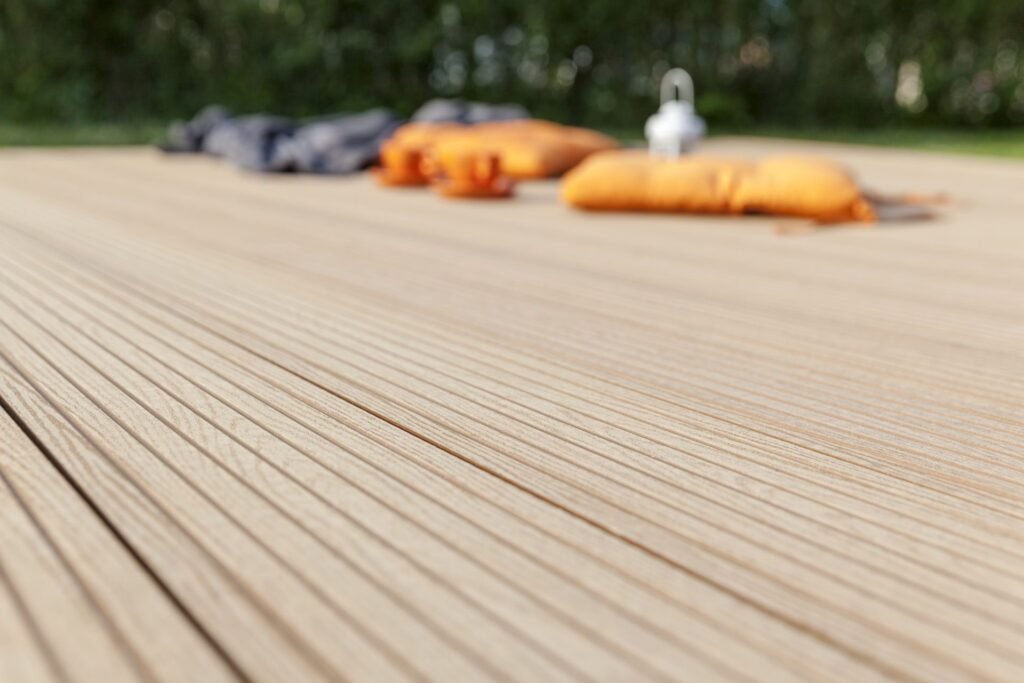
Types Of Decking Materials Available In New Zealand
Natural Timber Decking
Overview: Natural timber decking is a timeless and popular choice for many homeowners in New Zealand. It brings a warm, classic aesthetic to outdoor spaces and blends seamlessly with the natural environment. Timber has been used for decking for centuries, and its appeal lies in its natural beauty and versatility.
Types
- Kwila: Kwila is known for its rich reddish-brown color and natural resistance to decay and insects. It is a dense and durable hardwood that can withstand the elements, making it a popular choice for outdoor decking. However, Kwila can be more expensive than other timbers and requires regular maintenance to preserve its color and longevity.
- Pine: Pine is a cost-effective and readily available option for decking. Treated pine is resistant to decay and insect damage, making it a practical choice for many homeowners. Pine decking is easy to work with and can be stained or painted to achieve the desired look. However, it is softer than hardwoods and may be more prone to dents and scratches.
- Vitex: Vitex is another hardwood option that offers a light to medium brown color. It is known for its durability and stability, making it suitable for outdoor use. Vitex decking is relatively low maintenance and can develop a beautiful silver-grey patina over time if left untreated. The primary drawback is its higher cost compared to softer timbers like pine.
Pros and Cons: Natural timber decking is highly durable and offers a unique, attractive appearance. However, it requires regular maintenance, including staining and sealing, to prevent weathering and extend its lifespan. The cost can vary significantly based on the type of timber chosen. Additionally, some timber options may have a higher environmental impact due to deforestation concerns.
Composite Decking
- Overview: Composite decking is made from a blend of wood fibers and plastic, offering a durable and low-maintenance alternative to natural timber. This material has gained popularity in recent years due to its ability to mimic the appearance of wood while providing enhanced durability and resistance to the elements.
- Popular Brands: Some well-known brands available in New Zealand include Trex, Futurewood, and Outdure. These brands offer a range of styles and colors to suit various design preferences.
- Pros and Cons: Composite decking is highly durable and requires minimal maintenance. It does not need staining, sealing, or painting and is resistant to rot, insects, and UV damage. The appearance of composite decking can closely resemble natural wood, providing a visually appealing option. However, the cost of composite decking can be higher than natural timber, and it may not have the same authentic feel as real wood.
PVC Decking
- Overview: PVC decking is made entirely from plastic, offering a highly durable and weather-resistant option for outdoor spaces. This type of decking is known for its longevity and low maintenance requirements.
- Features: PVC decking is extremely durable and resistant to moisture, making it ideal for wet or coastal environments. It is available in a wide range of colors and finishes, allowing homeowners to achieve the desired look for their outdoor space.
- Pros and Cons: PVC decking requires very little maintenance and is resistant to rot, mold, and insects. It is also easy to clean and can maintain its color over time. However, PVC decking can be more expensive than other options and may not have the same natural appearance as wood. Additionally, the production of PVC can have a higher environmental impact.
Aluminum Decking
- Overview: Aluminum decking is a strong and durable option that offers a modern and sleek look for outdoor spaces. It is known for its longevity and low maintenance requirements.
- Features: Aluminum decking is extremely strong and can withstand heavy loads and harsh weather conditions. It is resistant to rust, rot, and insects, making it a long-lasting choice for decking.
- Pros and Cons: Aluminum decking requires minimal maintenance and is easy to install. It is lightweight yet strong, and it can provide a contemporary aesthetic. However, aluminum decking can be more expensive than other materials, and some homeowners may prefer the look and feel of natural wood.
Bamboo Decking
- Overview: Bamboo decking is an eco-friendly option that offers a sustainable alternative to traditional timber. Bamboo grows quickly and can be harvested without causing significant environmental damage.
- Features: Bamboo decking is known for its sustainability, durability, and attractive appearance. It is a strong and stable material that can resist warping and cracking.
- Pros and Cons: Bamboo decking is environmentally friendly and offers a unique, natural look. It is relatively easy to maintain and can be more affordable than some hardwood options. However, bamboo decking may not be as readily available as other materials, and its cost can vary based on the quality and source of the bamboo.
By exploring these different types of decking materials, homeowners in New Zealand can choose the option that best suits their aesthetic preferences, budget, and maintenance requirements. Each material offers unique benefits and considerations, making it essential to evaluate the pros and cons to make an informed decision for your outdoor space.

Factors To Consider When Choosing Decking Material
When planning to build a deck, selecting the right material is crucial. Your choice will impact not only the appearance of your deck but also its durability, maintenance needs, and overall cost. Here are some key factors to consider when choosing decking material:
Budget
Your budget is one of the most significant factors influencing your choice of decking material. Materials range widely in cost, and understanding how much you’re willing to spend can help narrow down your options. For example, pressure-treated wood is often the most budget-friendly option, providing a classic look without breaking the bank. On the other hand, composite decking and exotic hardwoods like ipe or teak can be considerably more expensive but offer benefits such as longer lifespans and lower maintenance requirements. It’s essential to balance upfront costs with long-term value and potential savings on maintenance over the years.
Maintenance
Different decking materials come with varying maintenance requirements. If you prefer a low-maintenance deck, composite materials or PVC decking might be the best choice. These options are resistant to staining, fading, and mold, requiring only occasional cleaning with soap and water. In contrast, natural wood decking, while beautiful, often requires regular maintenance, including sanding, staining, and sealing, to protect it from the elements and extend its lifespan. Cedar and redwood are naturally resistant to decay and insects, reducing the need for chemical treatments, but they still require periodic care.
Aesthetic Preferences
The visual appeal of your deck is another crucial consideration. Different materials offer unique looks and can complement various architectural styles. For a traditional, rustic appearance, natural wood such as cedar, redwood, or pressure-treated pine is ideal. These woods can be stained or painted in various colors to match your home’s exterior. Composite decking, available in a wide array of colors and textures, can mimic the appearance of natural wood without the associated maintenance. PVC decking also offers diverse color options and a sleek, modern look. Ultimately, your choice should reflect your personal style and the aesthetic you wish to achieve for your outdoor space.
Durability and Lifespan
The durability and expected lifespan of your decking material are critical for ensuring your investment lasts. Pressure-treated wood, while affordable, may not last as long as other options without rigorous maintenance. Cedar and redwood offer better durability and natural resistance to decay, with lifespans extending up to 20 years if properly maintained. Composite and PVC decking, although more expensive upfront, can last 25 to 30 years or more with minimal maintenance. These materials are engineered to withstand the elements, resist insect damage, and prevent warping or splintering, making them a long-term investment.
Environmental Impact
In today’s eco-conscious world, the environmental impact of your decking material is an important consideration. Natural wood, particularly from sustainably managed forests, can be an environmentally friendly option. Look for certifications from organizations such as the Forest Stewardship Council (FSC) to ensure responsible sourcing. Composite decking, made from a blend of wood fibers and recycled plastics, offers a sustainable alternative by repurposing materials that might otherwise end up in landfills. PVC decking, while durable and low-maintenance, is less eco-friendly due to its production process and the challenges of recycling it. Balancing your environmental concerns with your other priorities will help you make the best choice for your deck.
Choosing the right decking material involves weighing these factors against your personal preferences and project requirements. By considering budget, maintenance, aesthetics, durability, and environmental impact, you can select a material that meets your needs and enhances your outdoor living space for years to come.

Installation And Maintenance Tips
When it comes to decking, proper installation and maintenance are crucial to ensure its longevity and aesthetics. Here’s a detailed look into the key aspects of installation and maintenance.
DIY vs Professional Installation
DIY Installation
Pros:
- Cost-Effective: One of the main advantages of DIY installation is the potential cost savings. You can avoid labor costs, which can be substantial.
- Satisfaction: There’s a great sense of accomplishment that comes with completing a project on your own.
- Customization: You have full control over the project, allowing for personalized touches and adjustments as you go.
Cons:
- Skill and Experience: Installing decking requires a certain level of skill and experience. Mistakes can be costly and time-consuming to fix.
- Time-Consuming: DIY projects often take longer than professional installations. If you’re on a tight schedule, this might not be the best option.
- Tools and Equipment: You’ll need to invest in or rent the necessary tools and equipment, which can add to the overall cost.
Professional Installation
Pros:
- Expertise: Professionals have the experience and knowledge to handle any challenges that arise during installation. They can ensure the decking is installed correctly and safely.
- Time-Efficient: Professional installers can complete the project much faster than a DIY approach.
- Warranty: Many professional services offer warranties on their work, providing peace of mind and protection against future issues.
Cons:
- Cost: Hiring professionals is generally more expensive due to labor costs.
- Less Personalization: While professionals can accommodate your preferences, you may have less control over the finer details compared to a DIY project.
Maintenance Best Practices
Keeping your decking in top shape requires regular maintenance. Here are some essential tips:
Cleaning
- Regular Sweeping: Remove debris and dirt regularly to prevent staining and damage.
- Deep Cleaning: Use a deck cleaner or a mixture of soap and water to scrub the surface thoroughly at least once a year.
- Mold and Mildew: In damp areas, mold and mildew can be a problem. Use a solution of vinegar and water or a specialized cleaner to tackle these issues.
Sealing
- Protective Coating: Applying a sealant can protect the decking from moisture, UV rays, and wear. It’s recommended to reseal your deck every one to three years, depending on the type of wood and exposure.
- Types of Sealants: Choose the right sealant for your decking material. Oil-based sealants are great for penetrating wood and providing deep protection, while water-based sealants are easier to clean and more eco-friendly.
Repairing
- Minor Repairs: For small cracks and splinters, sanding and applying a sealant can be effective.
- Replacing Boards: If a board is damaged beyond repair, it’s best to replace it to maintain the integrity and appearance of your deck.
Seasonal Care
New Zealand’s diverse climate requires specific care throughout the year to keep your decking in prime condition.
Spring
- Inspection: Check for any damage that may have occurred over the winter. Look for loose nails, screws, and any signs of rot or decay.
- Cleaning: Spring is the perfect time for a deep clean to remove any built-up grime and prepare the deck for the warmer months.
Summer
- Regular Sweeping: With more foot traffic, it’s important to sweep regularly to keep dirt and debris from causing damage.
- UV Protection: Apply a UV-protective sealant to prevent the wood from fading and drying out under the harsh sun.
Autumn
- Leaf Removal: Falling leaves can trap moisture and cause staining or mold growth. Regularly remove leaves and other debris.
- Inspection: Check for any damage or wear that needs to be addressed before winter.
Winter
- Snow and Ice: In colder regions, avoid using salt or other harsh chemicals to melt ice, as they can damage the wood. Instead, use a plastic shovel to remove snow.
- Covering: If possible, cover your deck to protect it from snow and ice buildup.
By following these installation and maintenance tips, you can ensure that your decking remains beautiful and functional for years to come. Regular care and attention will not only enhance the appearance of your deck but also extend its lifespan, making it a worthwhile investment for your home.
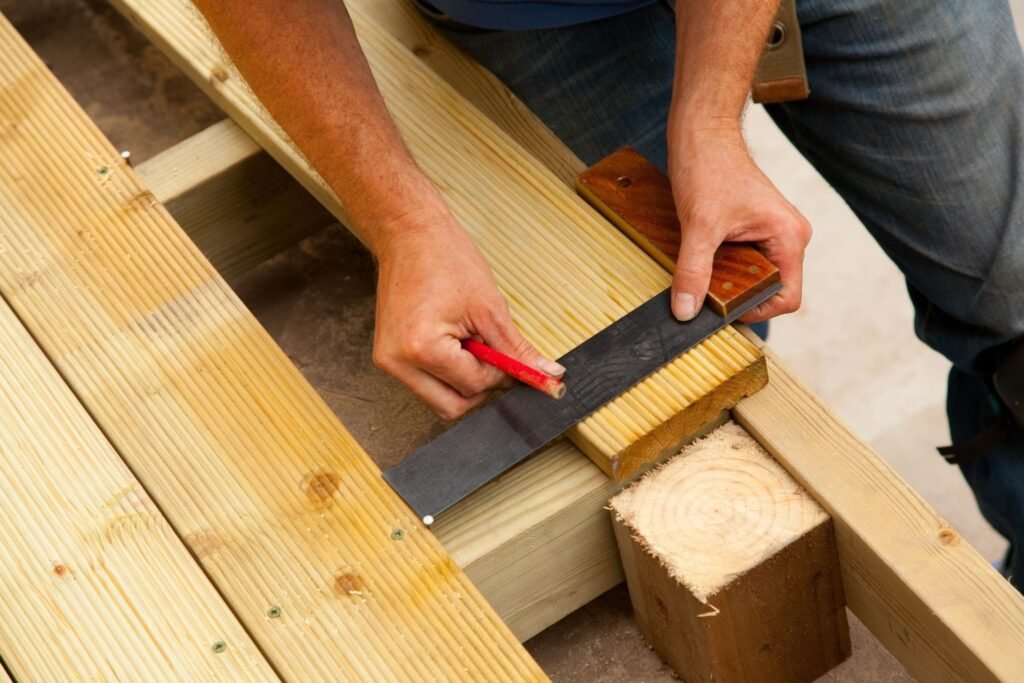
Real-Life Examples And Testimonials
Case Studies
One of the most compelling ways to understand the impact and benefits of different decking options is through real-life examples. Consider the story of the Smith family from Auckland. They decided to upgrade their backyard with a composite deck. Initially hesitant due to the higher upfront cost compared to traditional timber, they were swayed by the promise of low maintenance and longevity. After five years, they have saved significantly on maintenance costs, and the deck looks as pristine as the day it was installed. Their story highlights the long-term value and aesthetic appeal of composite decking.
Another case involves the Johnsons in Wellington, who opted for Kwila decking to complement their coastal home. The rich, reddish-brown hue of Kwila beautifully blends with the natural surroundings. Despite initial concerns about the wood’s susceptibility to weather conditions, they found that regular oiling kept it in excellent condition. The Johnsons’ experience underscores the timeless beauty and durability of high-quality timber when properly maintained.
Visual Inspiration
Imagining the potential of your outdoor space can be challenging without visual references. Here are some inspiring examples from homes across New Zealand. In Christchurch, a sleek, modern home features a sprawling deck made from eco-friendly bamboo composite. The deck extends seamlessly from the indoor living space, creating a harmonious blend between inside and out. The minimalist design, combined with durable materials, offers a practical yet stylish outdoor area for entertaining.
In contrast, a classic villa in Dunedin showcases the charm of traditional timber decking. The owners chose Macrocarpa, a native New Zealand wood known for its unique grain and warm tones. Paired with vintage outdoor furniture and lush greenery, this deck exudes rustic elegance and invites relaxation.
Expert Opinions
To provide a well-rounded perspective on decking choices, we reached out to industry experts for their insights. According to Sarah Williams, an acclaimed architect in Auckland, “Composite decking is ideal for urban homes where maintenance time is limited. Its resistance to weathering and pests makes it a smart investment.”
On the other hand, Mark Thompson, a seasoned builder from Tauranga, advocates for timber decking in rural and coastal areas. “Timber, especially native woods like Kwila and Macrocarpa, not only enhances the natural beauty of the surroundings but also performs exceptionally well in varied climates. With proper care, timber decks can last decades and add significant value to the property,” he explains.
These real-life examples, visual inspirations, and expert opinions collectively provide a comprehensive understanding of the diverse decking options available in New Zealand. Whether you prioritize aesthetics, durability, or eco-friendliness, these stories and insights can guide you in making the best choice for your outdoor space.

FAQs: About Types Of Decking In New Zealand
What are the most popular types of decking in New Zealand?
The most popular types of decking in New Zealand include natural timber (such as Kwila, Pine, and Vitex), composite decking, PVC decking, aluminum decking, and bamboo decking.
What are the benefits of using natural timber for decking?
Natural timber offers a classic, traditional look and feel. It is durable, and many homeowners appreciate its natural beauty and warmth. However, it requires regular maintenance, such as staining and sealing, to protect it from the elements.
How does composite decking compare to natural timber?
Composite decking is made from a blend of wood fibers and plastic, offering the look of wood with less maintenance. It is resistant to rot, splinters, and insect damage. While it may have a higher upfront cost, its durability and low maintenance needs can make it more cost-effective over time.
What are the advantages of PVC decking?
PVC decking is made entirely from plastic, making it highly resistant to weather, moisture, and stains. It requires minimal maintenance and is available in a variety of colors and styles. However, it can be more expensive than other options and may not have the same natural appearance as wood.
Is aluminum decking a good option for New Zealand homes?
Aluminum decking is strong, durable, and low maintenance. It is resistant to rust, rot, and insect damage, making it an excellent choice for coastal areas. Its sleek, modern look can enhance contemporary homes, but it may be more costly than other materials.
Why choose bamboo decking?
Bamboo decking is an eco-friendly option as bamboo is a rapidly renewable resource. It offers good durability and a unique appearance. Bamboo decking is also resistant to moisture and insects, though it may be less widely available and can be more expensive than other materials.
What factors should I consider when choosing decking material?
When choosing decking material, consider your budget, the amount of maintenance you’re willing to perform, your aesthetic preferences, the durability and lifespan of the material, and its environmental impact. The climate in your area and how the deck will be used are also important factors.
Can I install the decking myself, or should I hire a professional?
While some homeowners choose to install decking themselves to save on costs, hiring a professional can ensure the job is done correctly and safely. Professional installation may also come with a warranty. Consider your skill level, tools, and the complexity of the project before deciding.
How do I maintain my deck to ensure its longevity?
Maintenance varies by material. Natural timber requires regular staining and sealing, composite and PVC decking needs occasional cleaning with soap and water, and aluminum decking generally requires little maintenance. Regularly inspect your deck for signs of wear or damage and address any issues promptly.
How does New Zealand’s climate affect decking material choices?
New Zealand’s climate, which includes high UV exposure, moisture, and temperature variations, can impact the longevity and performance of decking materials. Materials like composite, PVC, and aluminum tend to perform well in these conditions due to their resistance to weathering and low maintenance requirements. Natural timber may require more upkeep to protect it from the elements.
Conclusion
In conclusion, this blog post has covered the essential aspects of choosing the right decking material in New Zealand, discussing the various options such as timber and composite decking, their costs, benefits, and drawbacks. We’ve explored the factors that influence your decision, including durability, maintenance, aesthetics, and environmental impact. When selecting your decking material, consider your budget, the local climate, and your personal preferences. For those seeking further guidance, don’t hesitate to reach out to professionals who can provide tailored advice. We encourage you to share your experiences in the comments section below and join the conversation to help others make informed decisions about their decking projects.
About the Author:
Mike Veail is a recognized digital marketing expert with over 6 years of experience in helping tradespeople and small businesses thrive online. A former quantity surveyor, Mike combines deep industry knowledge with hands-on expertise in SEO and Google Ads. His marketing strategies are tailored to the specific needs of the trades sector, helping businesses increase visibility and generate more leads through proven, ethical methods.
Mike has successfully partnered with numerous companies, establishing a track record of delivering measurable results. His work has been featured across various platforms that showcase his expertise in lead generation and online marketing for the trades sector.
Learn more about Mike's experience and services at https://theleadguy.online or follow him on social media:



